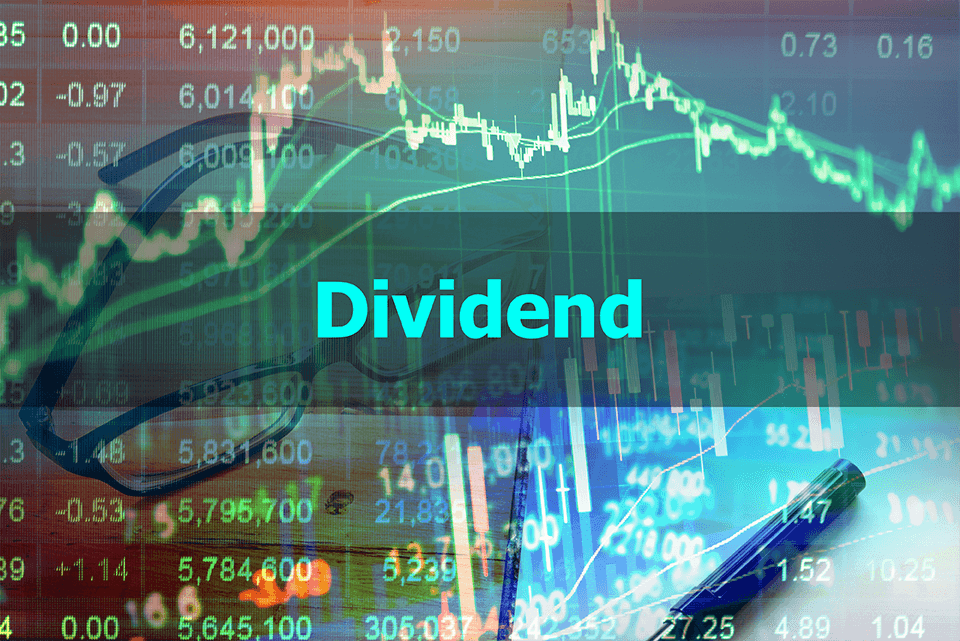What is a Dividend?
A dividend is a portion of company earnings distributed to some or all of its investors/shareholders. If you own the right type of shares and the company you invested in is doing well financially, you might end up receiving these payments on a regular basis.
Who can receive Dividends?
Companies generally share some of their profits with investors/shareholders when they have enough cash left after expenses.
This practice is common, particularly among companies that are stable & profitable and have no need to reinvest proceeds back in the business.
How are Dividends paid?
Dividends are distributed regularly (typically twice a year) or on a one-off basis. In most cases, they are declared during the course of a tax year and at the end of the companies accounting year. In theory they should be distributed after the profits have been calculated that is once a year. Dividends taken more often that once a year are called interim dividends.
Dividends are paid according to how much shares you hold
Value of dividends paid should not exceed the profit generated or retained profit. There are tax consequences on the company once more dividends are paid that legally allowed.
Dividend Certificate
People often ask how do I pay myself a dividend?
You must usually pay dividends to all shareholders. To pay a dividend, you must: hold a directors’ meeting to ‘declare’ the dividend.
For each dividend payment the company makes, you must write up a dividend voucher/certificate showing the:
- Date
- Company name
- Names of the shareholders being paid a dividend
- Amount of the dividend
Do I pay tax on Dividends?
Earn more that £2,000 from dividends in a year and you will need to declare it in the Self-Assessment. The first £2,000 is tax free as it falls withing the Dividend Allowance.
Below are the tax rates for dividends. There are three rates. As the tax on dividends is going up from April 2022, you will see an illustration of the next two tax years.
Tax year ending 5 April 2022
- Basic rate – 7.5%
- Higher rate – 32.5%
- Additional rate – 38.1%
Tax year ending 5 April 2023 – New tax rates apply from 5 April 2022
- Basic rate (income between £12,571 and £50,270 – 8.75% dividend tax rate
- Higher rate (income between £50,271 and £150,000 – 33.75 %
- Additional rate (income over£150,000) 39.35 dividend tax rate
Example
You get £3,000 in dividends and earn £29,570 in wages in the 2020 to 2021 tax year.
This gives you a total income of £32,570
You have a Personal Allowance of £12,570. Take this off your total income to leave a taxable income of £20,000.
This is in the basic rate tax band, so you would pay:
- 20% tax on £17,000 of wages
- no tax on £2,000 of dividends, because of the dividend allowance
- 5% tax on £1,000 of dividends
Dividends are declared in a Self-Assessment and tax is paid on them once or twice a year depending on the amount owed in taxes.
If you have any questions regarding Dividends feel free to give us a call, use the chat box or contact page on our website
Greenlight Accountancy Team 😊






